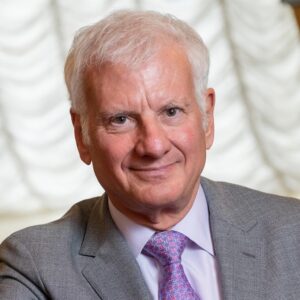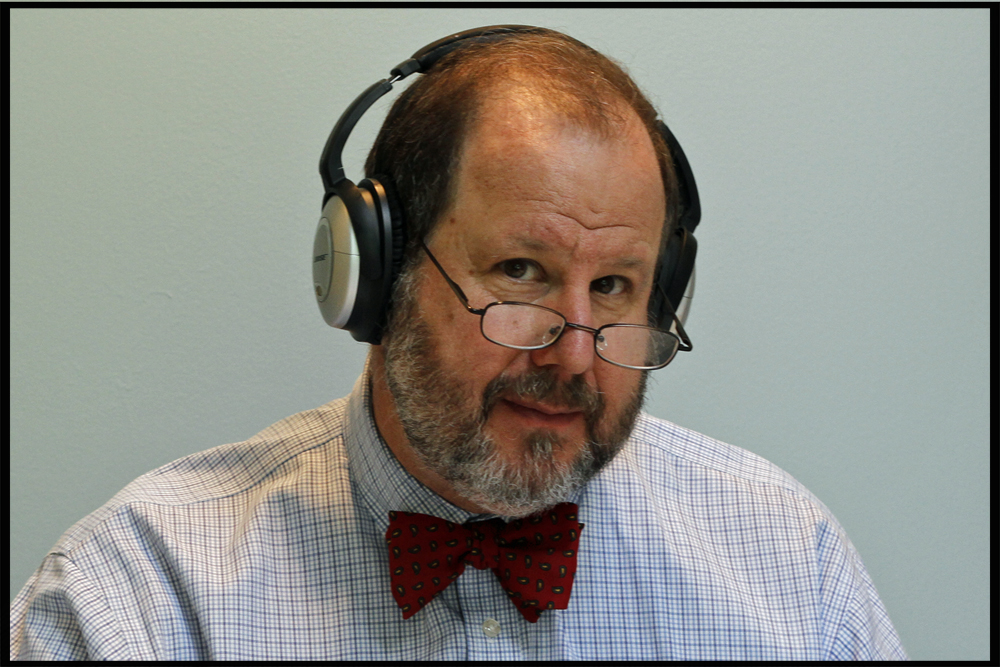
Podcast: Play in new window | Download
Literature Review
1) Microplastics in the Brain – From Science Advances: “Human health is being threatened by environmental microplastic (MP) pollution. MPs were detected in the bloodstream and multiple tissues of humans, disrupting the regular physiological processes of organs. Nanoscale plastics can breach the blood-brain barrier, leading to neurotoxic effects. How MPs cause brain functional irregularities remains unclear. This work uses high-depth imaging techniques to investigate the MPs within the brain in vivo. We show that circulating MPs are phagocytosed and lead these cells to obstruction in the capillaries of the brain cortex. These blockages as thrombus formation cause reduced blood flow and neurological abnormalities in mice. Our data reveal a mechanism by which MPs disrupt tissue function indirectly through regulation of cell obstruction and interference with local blood circulation, rather than direct tissue penetration. This revelation offers a lens through which to comprehend the toxicological implications of MPs that invade the bloodstream.” (Huang et. al. 2025)
This weeks podcast is a direct look at the world of toxicology and the human consequences of exposure over time. Microplastics are the new and next trouble maker on the planet. This study raises the concern that micro and nano plastics can and do enter the brain and will disrupt and thus alter brain physiological processes. More time to answer the true risk reality. Not good. and more….Plus a letter about MAHA from Dr. Jeffrey Bland, a serious take on preventative medicine as opposed to disease pharmaceutical centric medicine.
Dr. M




















